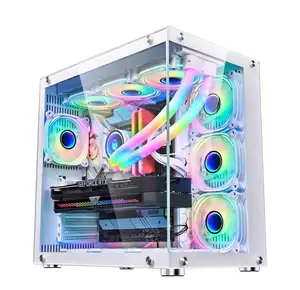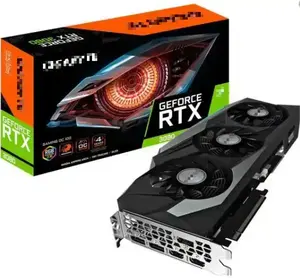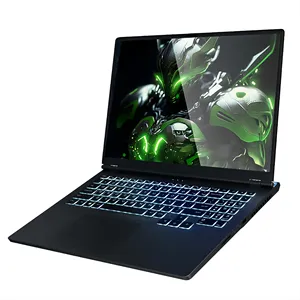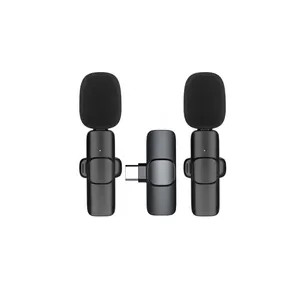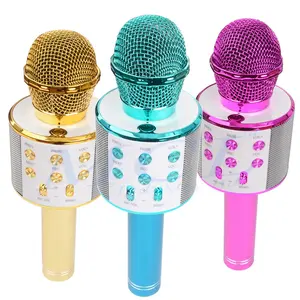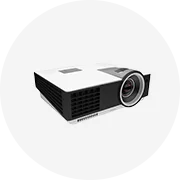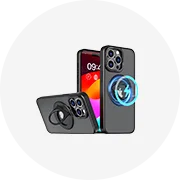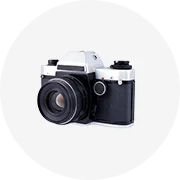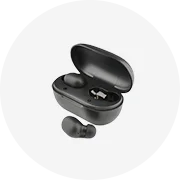Phổ biến trong ngành của bạn






Giá Rẻ Giao Thông Trọng Lượng Nhẹ Bảo Vệ Đường Ray Công Viên Hàng Rào Vườn Hàng Rào Hàng Rào
229.051 ₫ - 349.939 ₫
Đơn hàng tối thiểu: 500 Mét







Hàng Rào Ngoài Sân Bằng Gỗ Nhựa Composite Hàng Rào Biên Giới Vườn Trang Trí Hàng Rào Dệt Wpc An Toàn
2.799.512 ₫ - 3.563.015 ₫
Đơn hàng tối thiểu: 40 Bộ







Tấm Lưới Hàn 3d Uốn Cong 3d V Tráng Pvc Kim Loại Mạ Kẽm Chất Lượng Cao Cho Trang Trại Vườn Nông Trại
45.811 ₫ - 89.076 ₫
Đơn hàng tối thiểu: 5 Mét vuông

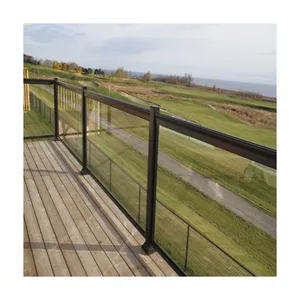





Hot Bán Hàng Rào Hiên Bên Ngoài Ban Công Kim Loại Balustrade Nhôm Hiện Đại Ban Công Lan Can Thiết Kế
506.458 ₫ - 1.778.963 ₫
Đơn hàng tối thiểu: 2 Cái







Chất Lượng Cao 3D Uốn Cong Hàn Dây Lưới Trang Trại Vườn Bảng Điều Chỉnh Hàng Rào Hàng Rào Tấm Ngoài Trời 3D Trang Trí Hàng Rào
62.862 ₫ - 81.186 ₫
Đơn hàng tối thiểu: 10 Cái







Hàng Rào Lưới Nhôm Hình Sóng Trang Trí Cho Sân Vườn, Hồ Bơi
3.283.064 ₫ - 4.046.567 ₫
Đơn hàng tối thiểu: 100 Mét


Tùy chỉnh thiết kế vật liệu chất lượng cao ngoài trời trắng vinyle riêng tư hàng rào
77.369 ₫ - 209.200 ₫
Đơn hàng tối thiểu: 50 Cái
Vận chuyển mỗi chiếc: 2.053.824 ₫






Rèn phụ tùng các thành phần sắt rèn các yếu tố rèn giáo với một đầu hình sóng 16 200mm cho các bộ phận hàng rào cổng
5.600 ₫ - 7.381 ₫
Đơn hàng tối thiểu: 50 Cái


Tùy Chỉnh Thiết Kế Mới Giá Rẻ Ngoài Trời Thân Thiện Trắng Vinyl Hàng Rào Bảo Mật Hàng Rào Vườn
155.501 ₫ - 263.664 ₫
Đơn hàng tối thiểu: 50 Cái
Vận chuyển mỗi chiếc: 2.053.824 ₫






Trung Quốc Custom Laser Cut Nhôm Vườn Hàng Rào Bảo Mật Màn Hình Kim Loại Hàng Rào Ngoài Trời Và Cổng
1.054.907 ₫ - 1.307.118 ₫
Đơn hàng tối thiểu: 50 Cái
Vận chuyển mỗi chiếc: 3.209.004 ₫










PVC Tráng Sóng Hình Dạng Hàn Hàng Rào
458.102 ₫ - 636.253 ₫
Đơn hàng tối thiểu: 100 Cuộn
Vận chuyển mỗi chiếc: 9.660.860 ₫
Các danh mục hàng đầu
Giới thiệu về hàng rào hình dạng sóng
Alibaba.com cung cấp các sản phẩm 335 hàng rào hình dạng sóng. Có rất nhiều hàng rào hình dạng sóng lựa chọn dành cho bạn, chẳng hạn như dễ dàng lắp ráp, thân thiện với môi, và không thấm nước. Bạn cũng có thể chọn từ vườn, hàng rào vườn hàng rào, và trang trại hàng rào hình dạng sóng. Cũng như từ kim loại, thép, và nhựa hàng rào hình dạng sóng.Và bất kể hàng rào hình dạng sóng là video của cài đặt, cuốn sách hướng dẫn, hay 3d mô hình.
